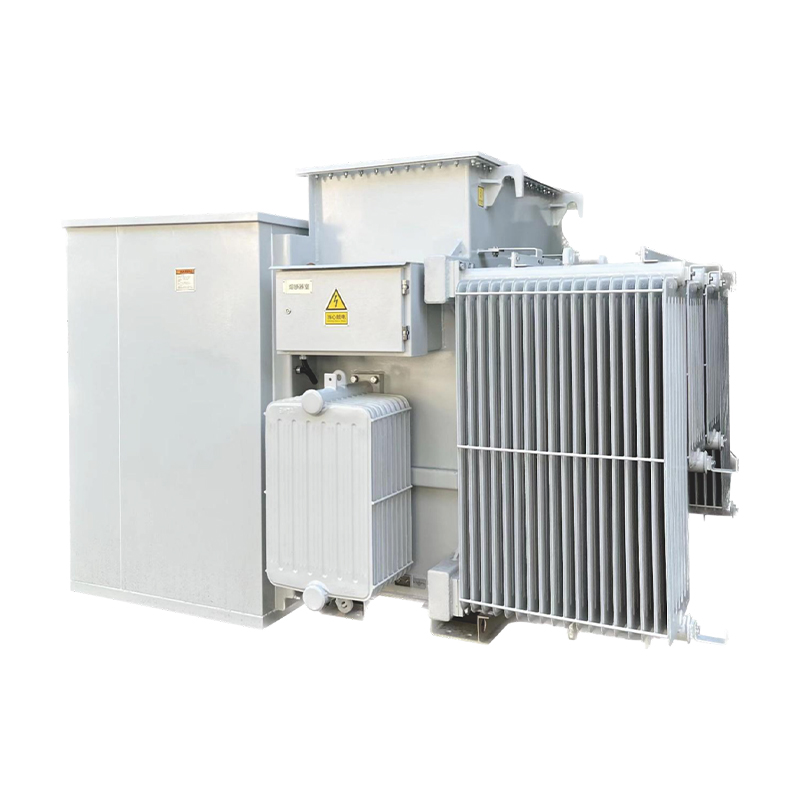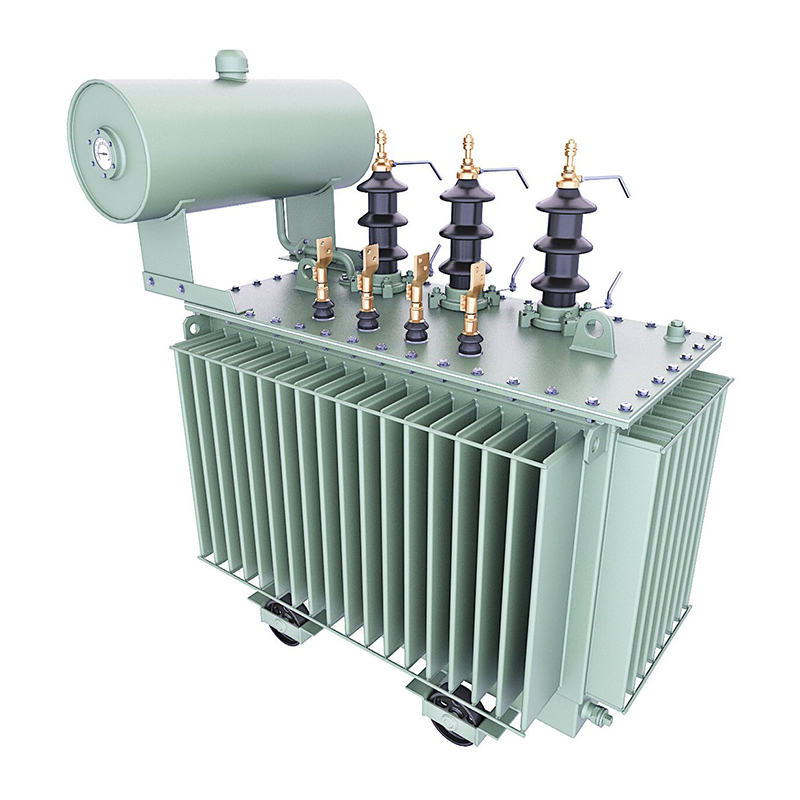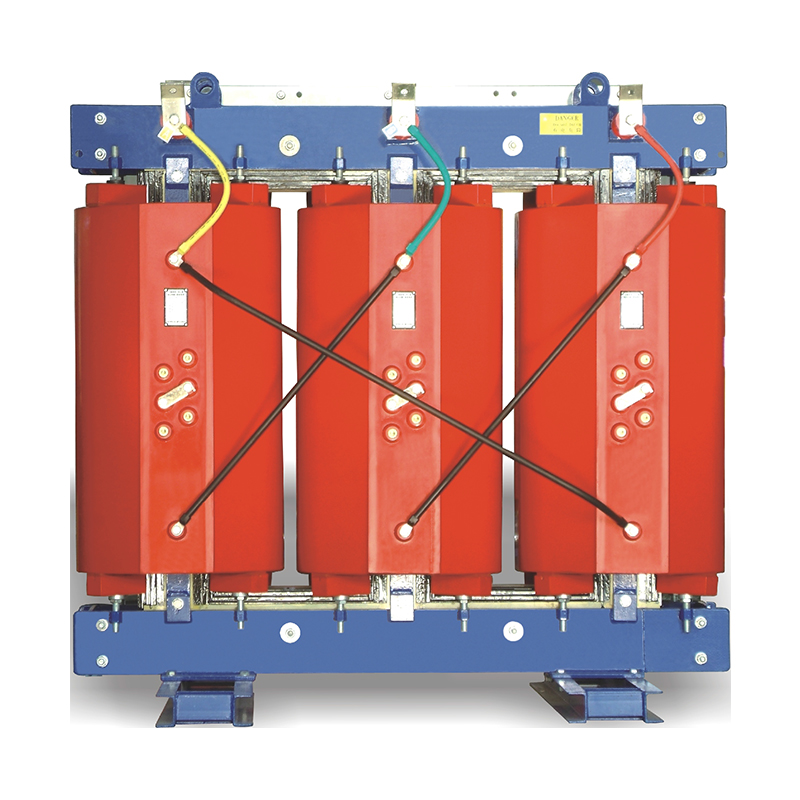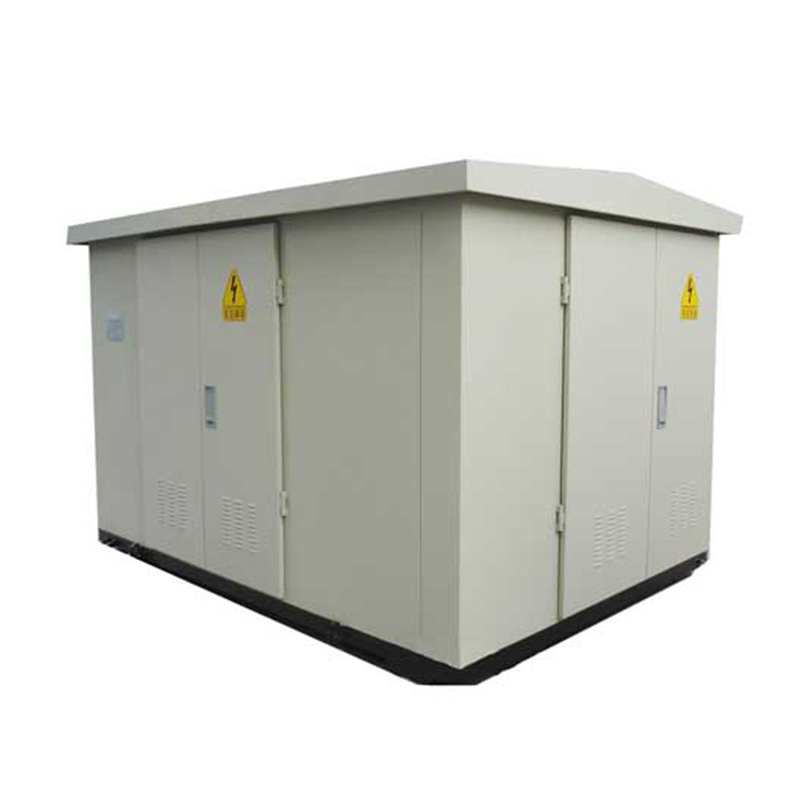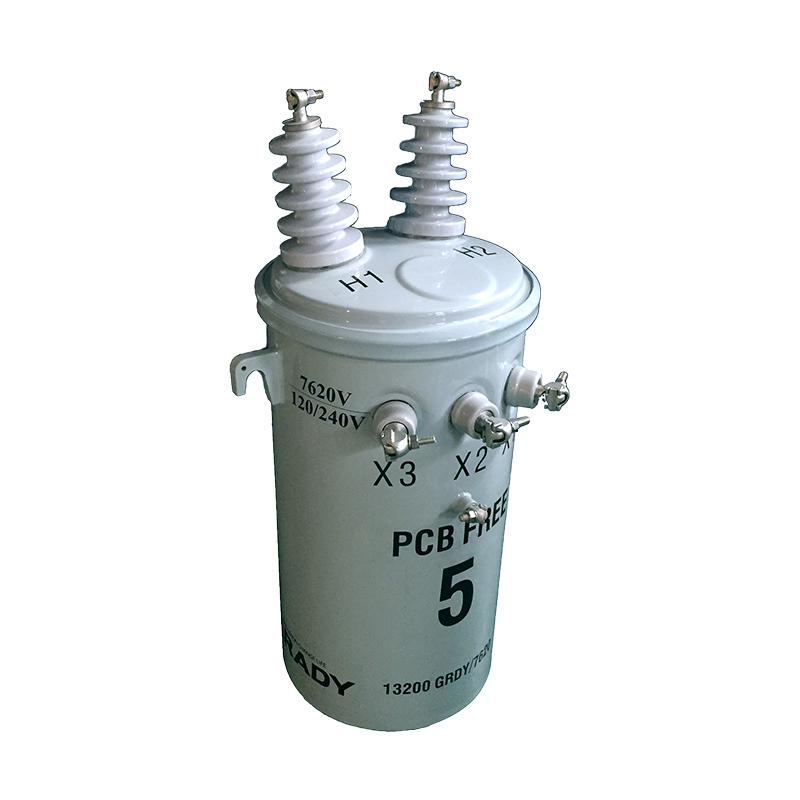Power transformers are key equipment in the power system, and their energy - efficiency levels have a significant impact on power consumption and energy conservation. The classification of power transformer energy - efficiency levels and the correct interpretation of energy - efficiency labels can help users choose high - efficiency transformers, reduce energy consumption, and also contribute to the realization of the national energy - saving and emission - reduction goals. This article will introduce in detail the relevant content of power transformer energy - efficiency level classification and energy - efficiency label interpretation.
According to the national standard GB20052
Energy - efficiency Limiting Values and Energy - efficiency Classes for Power Transformers, the energy - efficiency levels of
power transformers are divided into three levels, among which level 1 has the highest energy - efficiency and the lowest loss, and level 3 is the minimum market - access threshold.
Level 1 energy - efficiency: The power conversion efficiency of the transformer under rated load is greater than or equal to 98%. The power loss limits under different load factors are also correspondingly lower, which strictly controls the energy consumption level of the transformer and has a very high energy utilization rate. It is applicable to 10kV - class transformers with a rated capacity of 1MVA and above.
Level 2 energy - efficiency: The power conversion efficiency of the transformer under rated load is greater than or equal to 96%. Although the standard is slightly lower than that of level 1 energy - efficiency, it can still meet the higher energy - efficiency requirements in practical applications. It is suitable for some power systems with long - term operation and small load changes, such as 6kV - class transformers with a rated capacity of 1MVA and above, or 10kV - class transformers with a rated capacity of more than 250kVA.
Level 3 energy - efficiency: The power conversion efficiency of the transformer under rated load is greater than or equal to 94%, and the power loss limits under different load factors are relatively higher. Compared with level 1 and level 2 energy - efficiency, the standard of level 3 energy - efficiency is lower, which may not be the best choice for areas that pursue higher energy - efficiency. It is applicable to 10kV - class transformers with a rated capacity of 250kVA to 1MVA, or 6kV - class transformers with a rated capacity of 63kVA to 1MVA.
Taking 10kV voltage - class, 30kVA to 2500kVA oil - immersed distribution transformers as an example, the energy - efficiency limitation values are as follows:
Level 1 energy - efficiency: The no - load loss should be 20% lower than the national standard reference value, and the load loss should be reduced by more than 15%. For example, the no - load loss of a 100kVA level 1 energy - efficiency transformer does not exceed 130W, and the load loss does not exceed 1500W.
Level 2 energy - efficiency: The no - load loss is reduced by 10%, and the load loss is reduced by 10%. For products of the same capacity, the no - load loss is controlled within 150W, and the load loss does not exceed 1700W.
Level 3 energy - efficiency: It needs to meet the limitation values specified in GB20052 - 2020. The no - load loss of a 100kVA product is not higher than 170W, and the load loss is not higher than 1850W.
The standard is applicable to three - phase 10kV voltage - class, no - excitation tap - changing, 50Hz rated frequency, 30kVA - 2500kVA oil - immersed distribution transformers and dry - type distribution transformers; 35kV - 500kV voltage - class, 50Hz rated frequency, 3150kVA and above oil - immersed power transformers; three - phase 6kV - 35kV voltage - class, no - excitation tap - changing, 50Hz rated frequency, 500kVA and above new energy power generation side (photovoltaic, wind power, energy storage) oil - immersed and dry - type transformers; three - phase 66kV voltage - class, no - excitation tap - changing, 50Hz rated frequency, 3150kVA - 20000kVA new energy power generation side (photovoltaic, wind power, energy storage) oil - immersed transformers.
The energy - efficiency label of power transformers is a label that reflects the energy - efficiency level of transformers. It provides consumers with intuitive information about the energy - saving performance of transformers, helping users quickly understand the energy - efficiency status of transformers, which is convenient for users to compare and select high - efficiency products, and also plays a guiding role in promoting the overall energy - efficiency level of the transformer market.
Energy - efficiency level: Clearly mark the energy - efficiency level of the transformer, that is, level 1, level 2 or level 3, so that users can directly know the energy - efficiency grade of the product.
No - load loss and load loss values: Indicate the no - load loss and load loss values of the transformer under the rated capacity. These two values are important indicators to measure the energy - efficiency of transformers. The lower the values, the higher the energy - efficiency of the transformer.
Other information: It may also include the rated capacity, rated voltage, rated frequency of the transformer, as well as the manufacturer's name, product model and other information to facilitate users to fully understand the basic situation of the transformer.
Manufacturers need to complete the type test in a national - level testing institution and obtain a test report containing full - item parameters such as no - load loss, load loss, sound level, and temperature rise. The energy - efficiency level label should be permanently marked on the product nameplate, and the font height is not less than 5mm.
The National Transformer Standardization Technical Committee has initially formulated the Method for Determining the Loss Level Code of Power Transformers. This method directly corresponds the transformer serial number to the energy - efficiency level. For example, for 10kV dry - type (electrical steel strip) transformers, the level 1 energy - efficiency serial number is 18, the level 2 energy - efficiency serial number is 14, and the level 3 energy - efficiency serial number is 12; for 10kV dry - type (amorphous alloy) transformers, the level 1 energy - efficiency serial number is 19, the level 2 energy - efficiency serial number is 17, and the level 3 energy - efficiency serial number is 15.
The energy - efficiency level of the transformer is directly related to its energy consumption. High - energy - efficiency transformers (such as level 1 energy - efficiency) have lower no - load loss and load loss, which can significantly reduce power consumption during long - term operation, especially in power systems with large - scale transformers and long - term stable operation, the energy - saving effect is more obvious. Low - energy - efficiency transformers will consume more electrical energy, increasing the operating cost of the power system and the economic burden of users.
Generally, high - energy - efficiency transformers are more expensive. This is because high - energy - efficiency transformers need to use high - quality materials and advanced manufacturing processes. For example, they need to use high - quality oriented silicon steel sheets with a thickness of ≤0.23mm, and the winding wires use oxygen - free copper conductors, and the lamination factor of the iron core reaches more than 96%. In addition, in the manufacturing process, processes such as step - joint technology and vacuum impregnation treatment are required, which increases the production cost. Although the purchase cost of low - energy - efficiency transformers is relatively low, their long - term power consumption costs are high.
High - energy - efficiency transformers can reduce power consumption, thereby reducing the amount of coal - fired power generation, and then reducing the emission of greenhouse gases such as carbon dioxide and sulfur dioxide, which is of great significance for environmental protection. Promoting the use of high - energy - efficiency transformers is an important measure to achieve the national dual - carbon goal and is conducive to the sustainable development of the environment.
In order to promote the application of high - energy - efficiency transformers, the state and local governments have introduced a series of policy support measures. For example, the Ministry of Finance has listed level 1 energy - efficiency transformers as a mandatory procurement category in the Government Procurement List of Energy - saving Products. At the local level, Jiangsu Province gives a subsidy of 30 yuan per kVA capacity to users who replace level 2 and above energy - efficiency transformers, and Zhejiang Province returns 50% of the local retained part of value - added tax for new projects using level 1 energy - efficiency products.
The classification of power transformer energy - efficiency levels and the interpretation of energy - efficiency labels are of great significance for users to choose transformers, save energy, and protect the environment. With the continuous improvement of national energy - saving and emission - reduction requirements, the energy - efficiency level of transformers will receive more and more attention. Users should choose transformers with appropriate energy - efficiency levels according to their own needs to achieve the best balance between economy and energy - saving. At the same time, manufacturers should also continue to improve production technology, develop and produce more high - energy - efficiency transformers to meet market demand and contribute to the cause of national energy conservation and emission reduction. It is expected that with the implementation of the revised version of GB20052, the energy - efficiency requirements for transformers will be further improved, and the energy - efficiency level of the transformer industry will be further upgraded.





